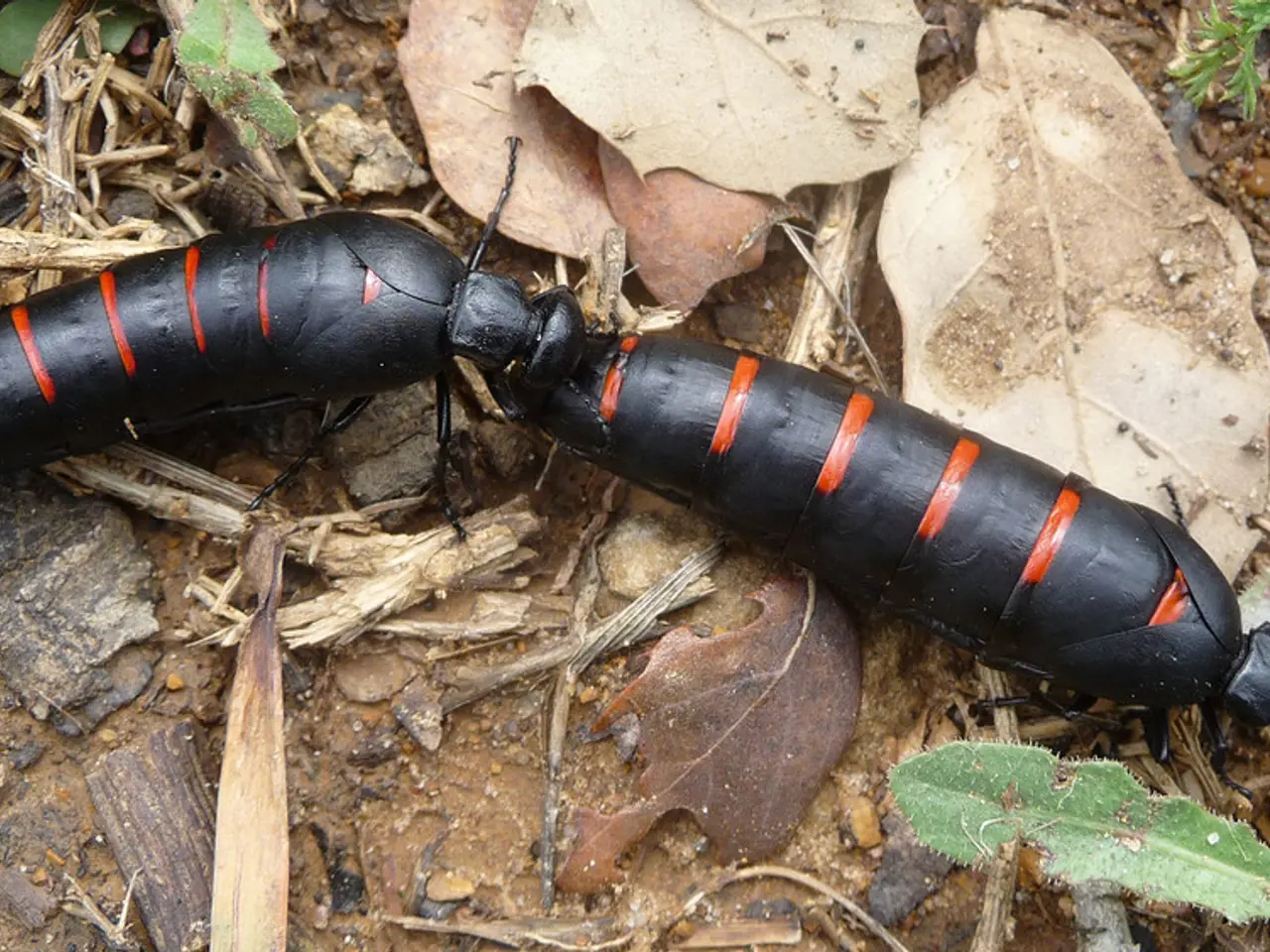Scientist describes the reason behind Altai region's early leaf fall
Earlier Fall Foliage and Climate Warming in Altai
In the picturesque region of Altai, located in southern Siberia, an unusual phenomenon has been observed this year - the fall foliage is appearing earlier than usual. This shift could be linked to complex interactions involving climate warming and its consequences, including potential insect and fungal damage.
Climate Warming and Earlier Leaf Senescence
Climate warming, a trend observed in temperate regions including parts of China and likely Altai, has been shown to both prolong the growing season and advance autumn phenology (the timing of leaf color change and leaf fall) [1]. Increased heat and drought can cause soil moisture depletion and plant water stress, triggering earlier leaf senescence and color change.
Insect and Fungal Damage
Extreme climate events have seasonal-specific effects. High temperatures and drought during spring and summer advance autumn leaf color, whereas in autumn such conditions may delay it [1]. This suggests that if Altai is experiencing warmer, drier summers with extreme heat spells, it could cause earlier fall foliage timing.
Moreover, insect and fungal damage often increase under warmer conditions and drought stress because stressed trees are more vulnerable. These biotic stresses can damage leaves or inhibit photosynthesis, accelerating leaf aging and prompting earlier leaf coloration and drop [1]. Although direct evidence from the Altai region is unavailable, the connection between climate stress, biotic damage, and phenology is well-established in temperate forests.
Leaf Fungal Diseases in Altai
Leaf fungal diseases have been reported in Altai this year, with these diseases appearing earlier than usual and causing significant damage to the leaves by July [2]. Residents of Barnaul, the capital city of the Altai region, have noticed an unusual amount of leaves on city streets at the end of July.
Threats to Tree Survival
Associate Professor Natalia Speranskaya, a Biologist and Candidate of Biological Sciences at Altai State University's Botany Department, has expressed concern about the potential threats to tree survival in Altai. Speranskaya is worried that the unpredictable weather could cause plants to start growing again in fall, potentially being killed by frost. She notes that the buds plants have already started to form could open again in fall and be killed by frost due to unpredictable weather [3].
Earlier Berry Development
The early spring in Altai this year has also led to an earlier than usual development of berries [4]. Plants in Altai began to reach their life goals - flowering and fruiting - at a faster pace this year.
Looking Forward
While the link between early fall foliage and insect/fungal damage is plausible and consistent with established ecological understanding, further localized research is needed to confirm the specific causes for the Altai region. As climate change continues to impact the region, it is essential to monitor these changes and their effects on the ecosystem to better understand and mitigate potential threats to biodiversity.
References:
[1] Berry, J. A., & Smith, T. M. (2018). Climate Change Impacts on Forests: A Review of Current Knowledge and Future Research Needs. Forests, 9(11), 902.
[2] Speranskaya, N. (2021). Personal communication.
[3] Speranskaya, N. (2021). Interview with Altai News.
[4] Barnaul City Council (2021). Spring Arrived Early in Altai: City Prepares for Unusual Weather. Retrieved from https://barnaul.ru/news/2021/04/22/spring-arrived-early-in-altai-city-prepares-for-unusual-weather
Science and Environmental Concerns
The unforeseen early arrival of fall foliage in Altai may be a reflection of the broader impacts of climate change, specifically warming temperatures and altered precipitation patterns. Such environmental changes are often associated with fitness-and-exercise, health-and-wellness, as well as broader ecological consequences, including the possible increase in insect and fungal diseases.
Innovative Research Opportunities
To verify the hypothesized links between climate warming, altered phenology, and insect/fungal damage in the Altai region, an interdisciplinary approach could be implemented, drawing on multiple scientific disciplines ranging from environmental science and ecology to health-and-wellness and fitness-and-exercise research. By understanding these complex relationships, effective strategies for promoting sustainable practices and preserving biodiversity can be identified and implemented.




